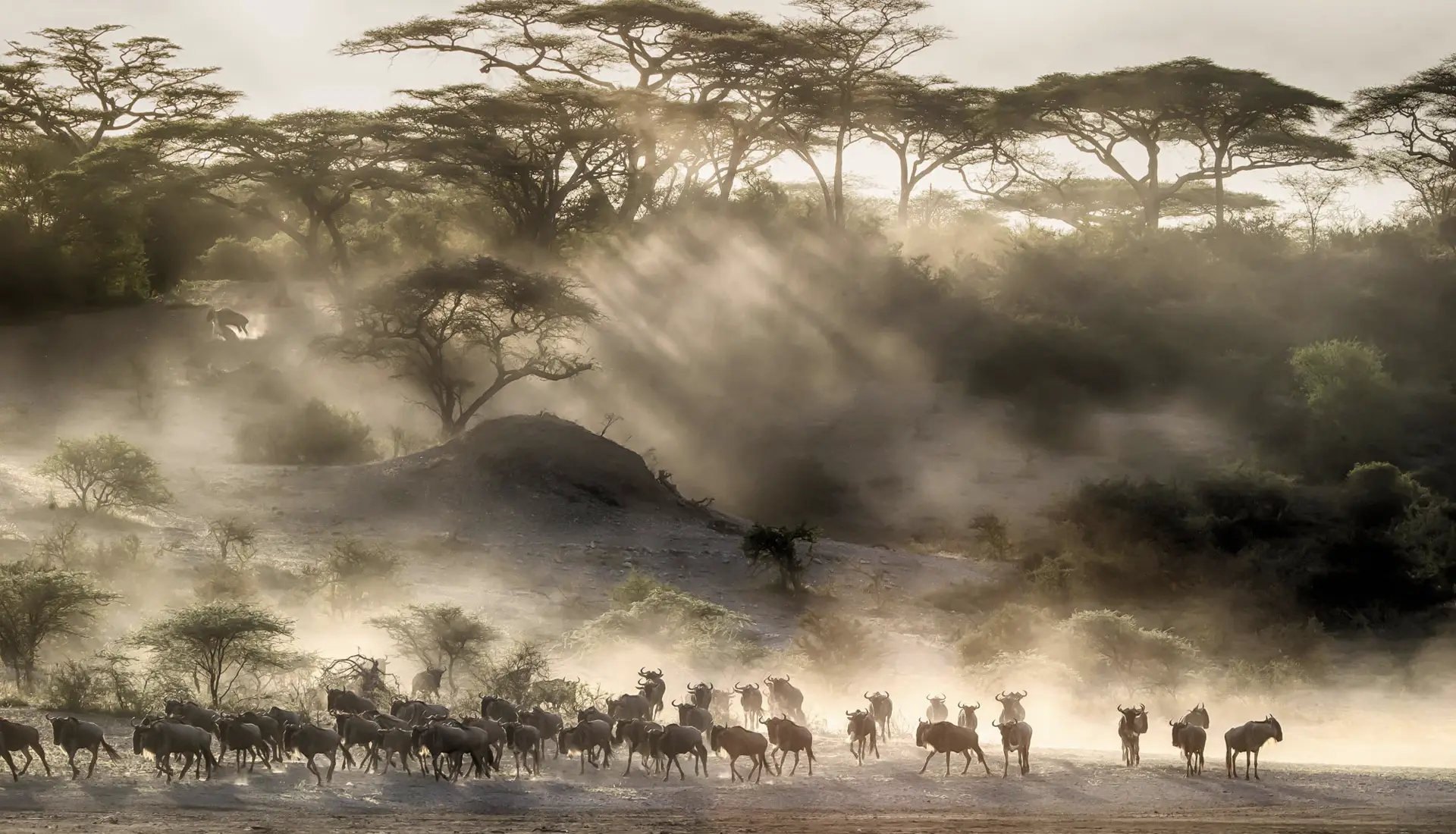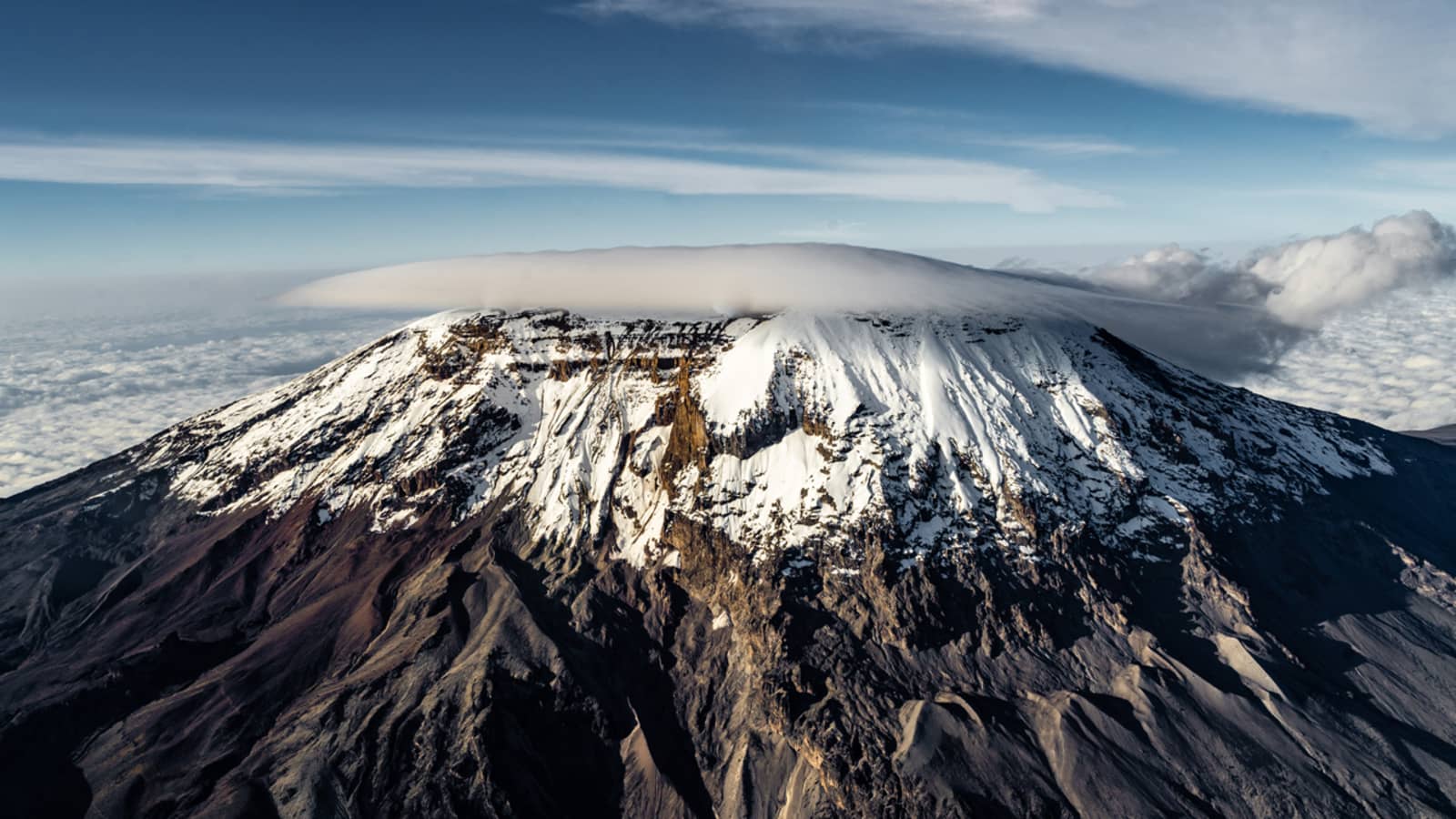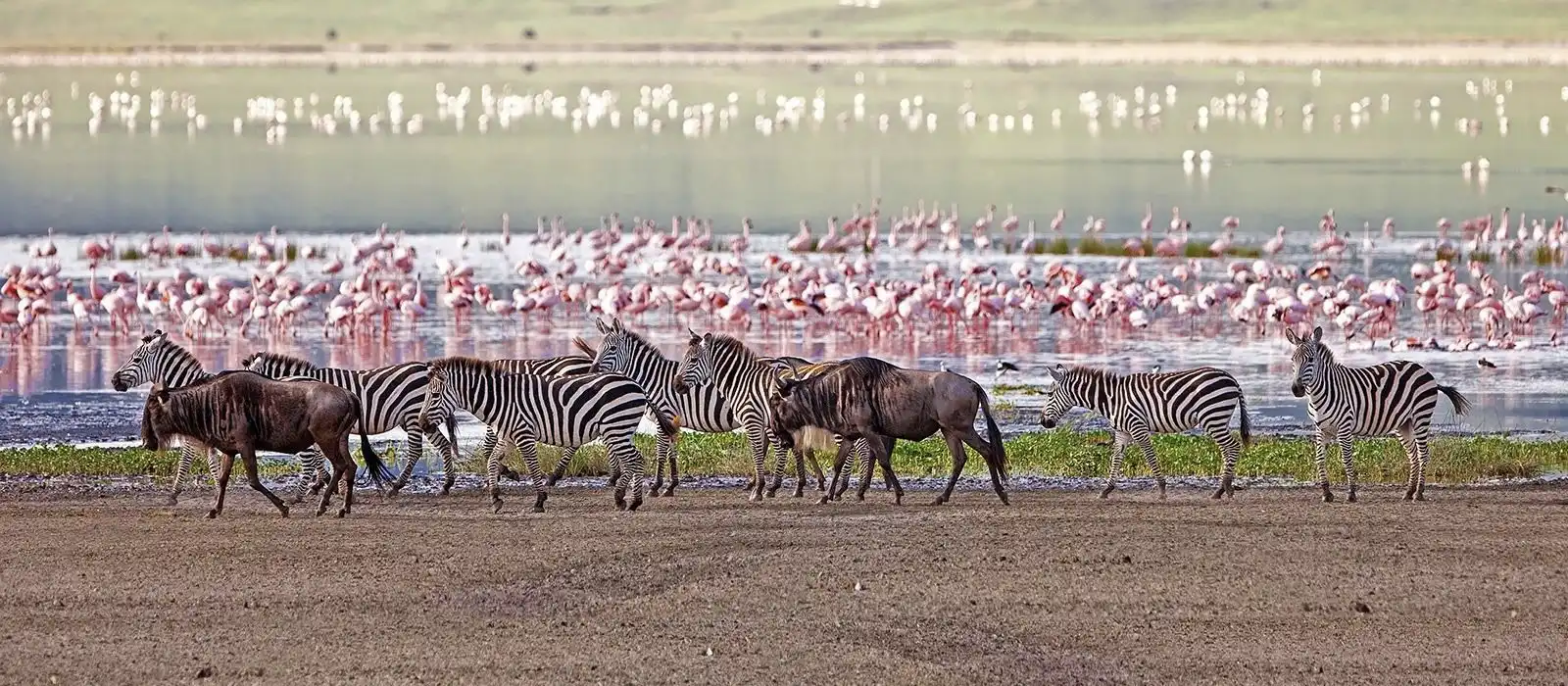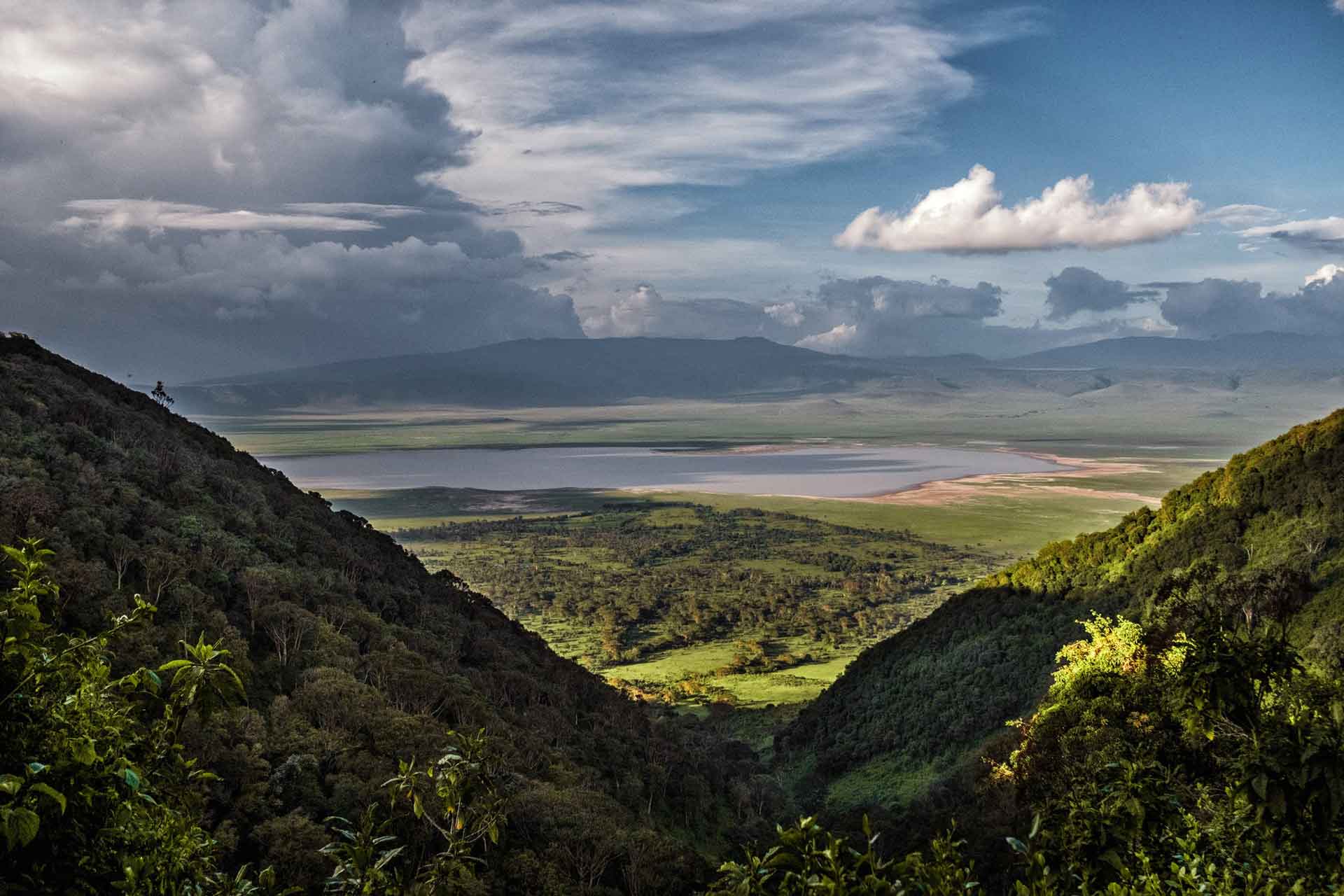Kibale National Park
national park
Kibale National Park (formerly Kibale Forest NP) is the best place for chimpanzee trekking in Uganda.
Welcome to Kibale National Park
Kibale National Park is a national park in western Uganda, protecting moist evergreen rainforest. It is 766 square kilometres in size and ranges between 1,100 metres and 1,600 metres in elevation. Despite encompassing primarily moist evergreen forest, it contains a diverse array of landscapes
Get into Kibale National Park, and you will immediately sense the freshness of the dew, the fragrances of endemic flowers, and the musty scents left behind by monkey troops in the canopy.
The sounds are also alien, from the distant echoed hoot of red colobus monkeys to the exotic chirping of endemic birds. In the distance, you may hear one of the park’s elephants plowing a path into the trees.
All around your camp, there will be evidence of four-legged visitors, like the baboon, bushbuck, and warthog.
Gaze up, and a single scene might capture the iconic and the unique as an olive long-tailed cuckoo will fly above a small buffalo herd.
Covering 766 sq kilometers (296 sq miles), Kibale National Park in western Uganda has an alluring landscape scenery, biodiversity, and various remarkable tourist activities.
The evergreen-protected tropical rainforest and the nearby Ndali-Kasenda Crater region are close to being an independent traveler’s dream. Kibale Forest is mysteriously attractive to nature lovers who are attracted to its wide range of forest birds and primates species.
The park’s scenic appeal, chimp tracking cost, and the rising number of safari accommodation choices make it one of Uganda’s top tourist destinations and a great alternative to the southern touch gorilla trekking adventure in Bwindi Impenetrable Forest.
Joining Kibale National Park and Queen Elizabeth National Park is Kibale Game Reserve, a wildlife corridor for animals to move between the two parks.
Plant & Vegetation
Over half of the park (about 45,000 ha) has medium-altitude moist evergreen forest in the north and medium-altitude moist semi-deciduous forest at lower altitudes in the south. The other half has grassland and swamps.
Lake George, a Ramsar Site, cuts across the extreme southwestern corner of the park, south of the Rwimi River.
Wildlife in Kibale
Kibale contains a variety of wildlife species, including 70 mammal species, 13 primates species, and 325 bird species in and under its canopy. Notable wildlife in Kibale National Park includes the remarkable common chimpanzee, baboon, red colobus, black and white colobus, L’Hoest’s, red-tailed, vervet, and blue monkeys, and the Uganda mangabey. Other exciting wildlife includes forest elephants, duiker, bushbuck, sitatunga, bushpigs, giant forest hogs, common warthogs, and African buffalo. The Kibale predator list includes leopards, serval, African golden cats, mongooses, otters, and occasionally visiting lions.
Although Kibale offers superlative primate viewing, it is challenging to see large mammals despite an impressive checklist. Kibale’s main attraction, however, is the opportunity to track chimpanzees in their natural habitat from the Kanyanchu visitor center.
Chimpanzee trekking is generally fruitful; guides and visitors have been following habituated chimpanzee bands through Kibale’s medium-altitude moist forest since 1994. The chimps are tolerant of human presence.
Larger mammals, such as elephants and buffalo, rarely appear on tourist walking trails but are abundant in the forest.
Birds in Kibale National Park
Kibale National Park has a rich birdlife with 335 recorded species, including numerous rarities and regional endemics. Four of these – Cassin’s spinetail, green-breasted pitta, masked apalis, and blue-headed bee-eater – have not been recorded elsewhere in Uganda.
In the closed canopy forest, however, birds are heard rather than seen. Bird sightings in Kibale Forest are more reliable along the main road through the park and on the boardwalk trail through the nearby Bigodi Wetland Sanctuary.
Bigodi Wetland Sanctuary, a community-run initiative, protects the Magombe Swamp from agricultural encroachment, generates funds for local development, and has provided hundreds of birdwatchers with sightings of papyrus gonoleks and other ‘swamp specials’ as well as a decent number of Congo biome birds.
Bigodi and other local forest patches are the best places in Uganda to see the rare red colobus.
Don’t Miss These Activities
In the shadows of the Rwenzori Mountains, stretching from Fort Portal through the Ndali-Kasekende Creator region to the protected Kibale Forest and Bigodi Wetland Sanctuary, this place has a plethora of tourists activities to keep an adventurer active for more than a week.
Guided Nature Walks
The most popular activity in Kibale National Park is the guided chimpanzee tracking excursion out of the Kanyanchu visitor center. Almost as popular, is the guided walking trail through the Bigodi Wetland Sanctuary, which is probably better for general monkey viewing and one of the finest birding trails in the country.
There is also plenty of potential for unguided exploration in the area, along the main road through the forest and around Bigodi trading center and Kanyanchu Camp.
If time is limited, it’s advisable to do the activity that most interests you in the morning — this is the best time to see chimpanzees and when birds are most active.
Guided forest walks in Kibale cost USD 30/40 Day/Night, excluding the park entrance
Chimpanzee Trekking Adventures
A highlight of any visit to Kibale Forest is the chimpanzee trekking excursion that leaves the Kanyanchu visitor center at 08.00 and 14.00 daily.
Chimp sightings are not guaranteed on chimp treks. Still, the odds of encountering a chimpanzee troop in Kibale Forest have significantly improved in recent years and now stand at around 96%.
The chimpanzee community, whose territory centers around Kanyanchu, is well-habituated. Visitors can often approach within a few meters of them.
While in the forest, you can expect to see at least two or three other types of primates, most probably grey-cheeked mangabey and red-tailed monkeys.
You will hear plenty of birdsong, but it’s challenging to see any birds in the heart of the forest. You’re better off looking for them in the rest camp and along the road. The guides are knowledgeable and will identify various medicinal plants, bird calls, and animal spoor.
Chimpanzee Habituation Experience
For dedicated chimp enthusiasts or aspiring researchers seeking field experience, join the full-day chimpanzee habituation experience. The intense primate adventure involves staying with the chimps all day with habituation and observing their behavior.
A one-day chimpanzee habituation experience for foreign non-residents and residents costs USD 250 per person, while East African Nationals pay UGX 250,000 per person. The cost includes guide fees and park entrance but not accommodation.
Night Guided Nature Walks
Another novelty is a guided night walk with spotlights, which runs from 19.30 to 22.00 daily, costs US$40 per person, and offers a good chance of sighting nocturnal primates such as the bush baby and potto.
Tourists are forbidden to walk along forest paths or in Magombe Swamp without a guide, but they can walk unguided elsewhere.
Bird-watching Walks
Kanyanchu itself is worth a couple of hours of bird-watching exploration. A colony of Viellot’s black weaver nests in the camp, while flowering trees attract various forest sunbirds.
You can also expect to see or hear several robin and greenbul bird types, often difficult to tell apart unless you get a good look at them. The little greenbul and red-capped robin appear most common around the camp. The camp’s specialty is the localized red-chested paradise flycatcher, a stunning bird that’s very easy to find once you know its call.
Other interesting birds seen regularly at Kanyanchu are the great blue turaco, hairy-breasted barbet, black-necked weaver, and black-white casqued hornbill. The short, self-guided grassland trail which circles the camp is suitable for monkeys.
It is permitted to walk unguided along the main road stretch between Fort Portal and Kamwenge as it runs through the forest. The first few kilometers running north towards Fort Portal is the most interesting section on this road.
From Katiyanchu, you’re almost sure to see a variety of monkeys and genuine forest birds such as Sabine’s spinetail, Blue-breasted kingfisher, and Afep pigeon. You may also spot butterflies gathered around puddles and streams in their hundreds.
The road south from Kanyanchu to Bigodi passes through various habitats – forest patches, swamp, and grassland – and is also productive for birds and monkeys.
Hiking area around Kibale NationalPark for active travelers
Bigodi Wetland Sanctuary and Magombe Swamp, adjacent to the Bigodi trading center and immediately outside the Kibale National Park boundary, is an admirable examples of conservation and tourism having a direct local benefit grass-root level. The Bigodi boardwalk is the best hiking trail for birders and primate enthusiasts in Uganda.
Mpanga Falls Trail
The Mpanga River forms this impressive waterfall as it tumbles over the rim of the 1,200m Mount Karubaguma some 15km before emptying into Lake George. The waterfall, estimated to be about 50m high, is enclosed by a steep gorge and supports a lush cover of spray forest. You can easily reach Mpanga Falls as a day trip from Kibale National Park or as a diversion from the main road between Kamwenge and Ibanda.
Sebitoli and the Kihingami Wetlands
Sebitoli lies inside the northern part of Kibale National Park; far much easier to reach the Kanyanchu visitor center yet offers the same park activities (excluding chimpanzee trekking). Guided nature walks in Sebitoli provide an excellent chance to see red and black-and-white colobus, blue and vervet monkeys, and many bird species.
Ndali-Kasenda Crater Lakes Region
For any visitor looking to spend a few inexpensive days rambling and hiking in beautiful unspoiled surroundings, I can’t think of any other part of Uganda as suitable as the Kasenda area. The Kasenda lakes are all different and are very beautiful. The lush surrounding countryside, rattling with birds, monkeys, and butterflies, provides limitless opportunities for casual exploration below the majestic backdrop of the glacial peaks of the Rwenzori.
How you can get to Kibale
Kibale National Park is most normally approached from Fort Portal using the Kamwenge Road. A recently tarmac-paved route with several steep sections, though with consequences for wildlife on the 10km stretch through the national park.
If you’re driving from the Fort Portal town center, follow Lugard Road downhill (north) to the Mpanga River, turning right immediately before the bridge.
About 12km out of Fort Portal, you reach a major junction, where you need to fork left. The right fork, incidentally, leads to Lake Nkuruba and Ndali Lodge in the Ndali-Kasenda Crater Field.
After another 11km, you pass Crater Valley Resort and Chimpanzee Guesthouse, 2km before the road enters the forest. From this point, it’s 6 miles to the Kanyanchu visitor center and 3 miles further to Bigodi.
Regular minibus taxis run back and forth between Bigodi and Fort Portal throughout the day and are far more comfortable and safer than boda-boda (motorbikes). Taxi touts routinely overcharge tourists, so it’s advisable to check what local passengers are paying. There usually are fewer transport options on Sunday.
A little-used alternative route to Kibale National Park runs north from Mbarara via Ibanda and Kamwenge. This route is tarmacked and passes between some lovely hills on the way to Ibanda, north of which the road is recently paved and pretty good.
In a private vehicle, the drive should take two hours. Using public transport, you’ll probably have to change cars at Ibanda and Kamwenge. You may have to overnight at one or another town — both possess a few cheap guesthouses.
You can easily pick up transport from Kamwenge to Fort Portal via the Kanyanchu visitor center. If you’re heading this way, you should investigate the Mpanga Falls and nearby cycad fields between Kamwenge and Ibanda.
.
Customised Vacation To Uganda?
Wildlife Safaris, Beach holidays, Gorilla trekking, Ruwenzori Hiking and cultural tours
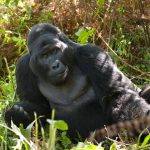
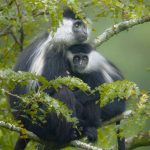

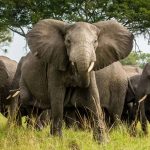
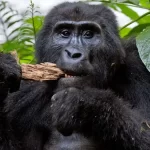
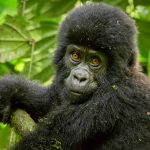
Other Destinations
Wildlife Safaris, Beach holidays, Kilimanjaro trekking, Hiking and cultural tours

